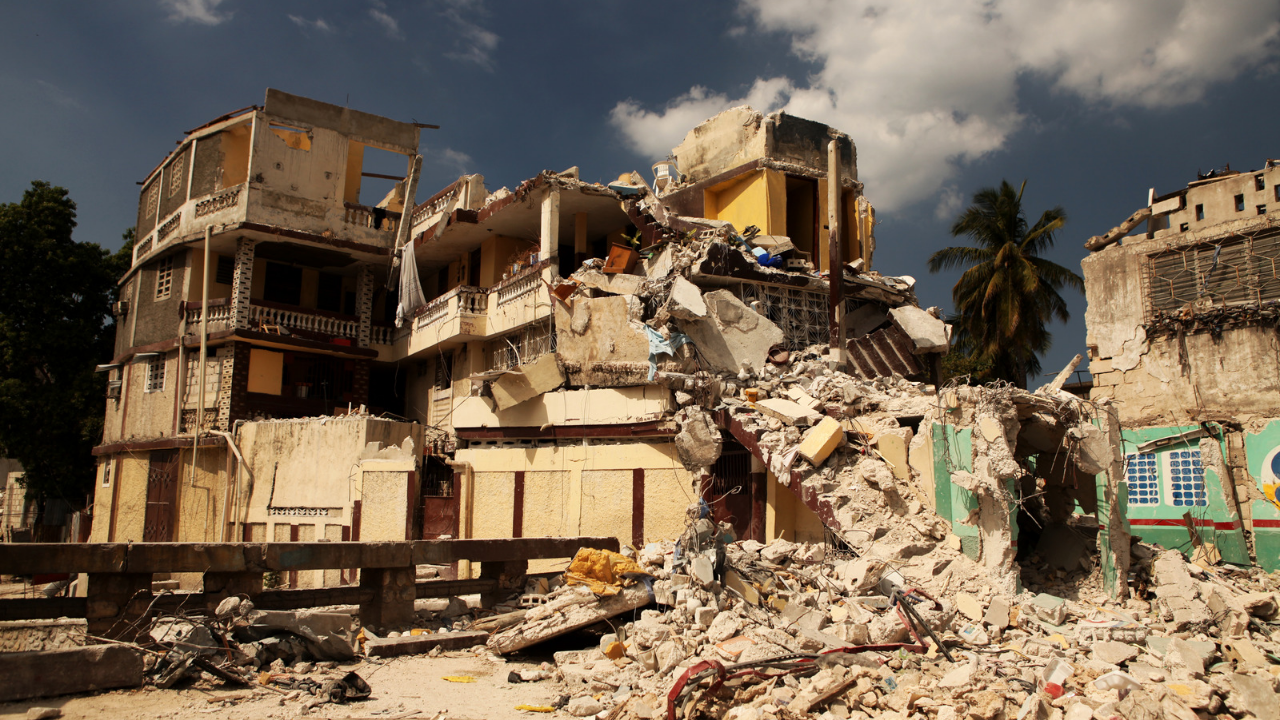In Turkey, today is the most tragic anniversary in the country's recent history - the 23rd anniversary of the catastrophic earthquake.
At dawn on August 17, 1999, a strong earthquake with a magnitude of 7.4 on the Richter scale shook the Marmara region, which also includes the metropolis of Istanbul.
The tremor lasted about 45 seconds and caused the death of over 17 thousand people, nearly 50 thousand were injured, and hundreds of thousands were left homeless and homeless.
Despite the passage of time, the wounds have not healed.
The epicenter of the earthquake was in the village of Golcuk on the coast of the Sea of Marmara, Kocaeli region, where the North Anatolian fault passes.
According to the US Geological Survey, the quake measured 7.6 on the Richter scale, and according to the Candilli Seismic Laboratory at Bogazici University in Istanbul, it was 7.8 on the Richter scale.
But with the passage of time and the research done, 7.4 on the Richter scale is accepted as the official measure of the magnitude of the August earthquake.
Seismologists' predictions are increasingly centered around the probability of a new earthquake in the Marmara region.
Turkey is located between the Eurasian-Arabian-African plate and is among the "high earthquake risk" countries in the world, they said.
From 1500 to the present day, more than 20 earthquakes with a magnitude greater than 7 on the Richter scale have occurred in Turkey.
According to the research of seismologists in the Sea of Marmara region after the earthquake in 1999 along the North Anatolian fault, the probability of another earthquake after 30 years along this fault is 64 percent, i.e.
predict that time is getting shorter and shorter.
This opinion is shared by Assoc. Dr. Dogan Kalafat, director of the "Kandilli" seismic observatory and the Institute for Earthquake and Tsunami Research.
"By virtue of the domino effect, after the earthquake of 1999, the stress in the region of the Eastern Marmara Sea to Central and Western Marmara increased, so it is scientifically proven that a large earthquake is expected in Marmara.
The 2001 study stated that the probability of an earthquake of magnitude 7 and above in the first 30 years after 2000 was 64 percent, after 40 years it increased to 75 percent, after 70 years it was 91 percent, and after 90 years - 95 percent", he says in an extensive interview with the Turkish newspaper Hurriyet.
The municipalities in the Marmara region are marking the 23rd anniversary of the earthquake with various initiatives.
In Goljuk, at dawn exactly at 3.05 a.m., a commemorative ceremony will take place in front of the monument to the fallen.
The large municipality of Kocaeli, in the region of which was the epicenter of the earthquake and was among the most affected districts, on the occasion of the anniversary opened a special exhibition with photos dedicated to the protection, awareness and raising of the population's awareness of the earthquake, as well as the construction of new homes in place of the destroyed ones.
On the initiative of the municipality, an "Educational book about earthquakes" is distributed free of charge to citizens and schools.
